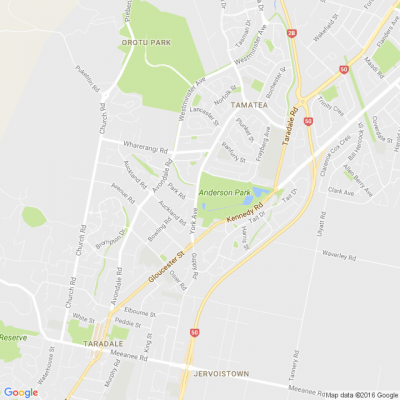
Know what’s happening
Access the private noticeboard for verified neighbours near you. Keep informed about any suspicious activity, send urgent updates to your neighbours when required and discuss emergency planning.
Get to know your neighbours
Browse the directory and start getting to know your neighbours. Don’t want to post to the whole neighbourhood? Send a private message.
Buy, sell and give away
Want to declutter your garage? Buy some used household items? Give away some garden stuff? Become a verified neighbour to browse and post items for sale. Trading is simple when everyone lives nearby.

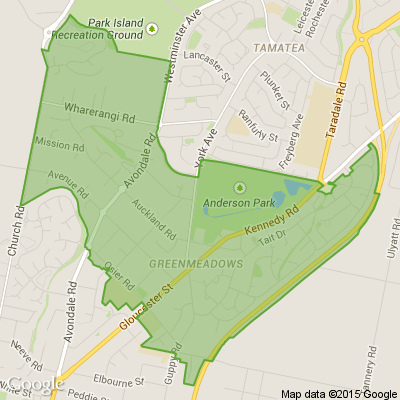
Nearby
Pirimai, Pakowhai - Waiohiki, Puketapu, Ahuriri, Bluff Hill, Awatoto - Meeanee, Napier South, Westshore, Onekawa, Poraiti, Napier, Taradale, Tamatea, Maraenui, MarewaKeep it local
Share any events in your area for your neighbours to enjoy

Thank you for using Neighbourly
You may receive an email confirmation for any offer you selected. The associated companies will contact you directly to activate your requests.
Small businesses need our support. We are proud to be celebrating our 10 regional 2021 Prospa Local Business Heroes for their commitment to their communities.
They now need your help! We are now looking for the New Zealand Prospa Local Business Hero - our overall winner, as voted by … View moreSmall businesses need our support. We are proud to be celebrating our 10 regional 2021 Prospa Local Business Heroes for their commitment to their communities.
They now need your help! We are now looking for the New Zealand Prospa Local Business Hero - our overall winner, as voted by Neighbourly members around the country!
This lucky business will walk away with $10,000 worth of prizes!
Please take a couple of minutes to read the nominations below - then vote for the business you'd like to see named 2021 Prospa Local Business Hero.
______________________________________________________
NORTHLAND: Wayne and Kate - Engraving Systems
"Wayne and Kate have been trying to support all the local sports clubs and businesses with great service and going that extra mile to help. They really have brought some life back into the community and should be acknowledged and rewarded for all the hard work."
AUCKLAND: Lynnae Palu - F45 Training Takapuna
"With no ability to trade in Level 3 or above, they still keep their members engaged and motivated with online workouts and daily challenges even though memberships are on hold and the gym is closed. They really are more like a family than a gym ❤️."
WAIKATO: Team at Incredible India - Incredible India Restaurant
"Not only do they make the most authentic, delicious Indian food. Their service is thoughtful and kind. We always feel appreciated for using their establishment, either by the warm greeting we get, the offer of a drink if we are waiting for take-out and their cute handwritten messages on the carry bag of dinner. They put the effort into the whole package not just making money."
BAY OF PLENTY: Team at Benny and Brew - Benny and Brew
"Our neighbourhood was missing a great cafe and meeting place. Since Benny and Brew have opened they have given our neighbourhood a massive lift. It's a place where you go for the people and the food and drink are delicious which is icing on the cake. For a bit, they were operating as a French bistro and the food was to die for! These guys have worked so hard and brought such joy to our neighbourhood"
HAWKE’S BAY - GISBORNE: Jazz and his family - Bossman Dairy - Creagh St Store
"Every member of this family who serves in the shop are very friendly, helpful and always smiling. They get to know all their customers and I have never walked into a shop that makes you feel so welcome. During our first lockdown for Covid, they put food such as milk, bread, out for people who may need it free of charge."
TARANAKI: Reece and family - Valentine's Valet
"Reece the owner of Valentine’s Valet, often helped by his Dad, mainly deals with lawns and gardens but he runs both a Carpet Cleaning and a Car Buffing business also. He is extremely hard-working, helpful and friendly and is happy to do the odd job that doesn’t fall into one of his usual categories. He comes to us fortnightly and we could not do without him. If anyone deserves an award it is — Reece Valentine!"
MANAWATU-WANGANUI: Jamie - JD Hair Design
"Jamie is amazing - not only does he offer incredible haircuts at an affordable price he is a genuinely caring man. With a heart of gold, everyone is whānau to him and he treats you like it. I always leave his salon looking fabulous but also feeling fabulous. He is the type of man that fills your inner well of good feelings while he makes you feel and look special."
WELLINGTON: Meredith and Craig - Avalon Service Centre
"Meredith and Craig Butland and their team do a wonderful job and go the extra mile to make sure every job is to the customer's satisfaction. They drop people at their workplaces and pick them up when work on the car is finished. They take the time to talk to customers about anything and are great neighbours to the local residents. Avalon Service Centre are definitely our local heroes in Avalon."
NELSON - MARLBOROUGH: Mary Jane and Colin - Lemon Tree Lane
"Lemon Tree Lane is a great big little gift shop. I am so grateful for Mary Jane and Colin's 'You are very welcome' and 'it's no trouble at all' attitude. Their prices are very reasonable, they always happily gift wrap with beautiful papers and ribbons as a part of their service. I truly can't speak highly enough of this community-minded couple and their classy, extensive range of items that never leave us disappointed."
CANTERBURY - WEST: Troy Cameron - ATC Accounting Services
"Troy Cameron is a local accountant. He is an awesome family man and it is not unusual to see Matilda, his Kune Kune pig, snuggled up with his dog and daughter in his lounge. It was the flying pig on his flyer that made me call him 2 years ago and as we had just gone into business which was scary in itself, let alone dealing with an accountant, we have never looked back. Troy goes the extra mile and his fees are more than reasonable"
OTAGO - SOUTHLAND: Richard Smith - CJ Sinclair
"The owner is Richard Smith whose family have been in the motor trade in the Ranfurly Naseby area for over 100 years. During the last years lock down our car broke down leaving us feeling quite uncomfortable as we live some distance from medical & other services. Richard came to our rescue. We need such companies and people in our rural areas. Richard demonstrates such excellent attributes required in our area."
Reporter Community News
Will the Government's latest announcement on housing make any difference in Napier?
Napier Mayor Kirsten Wise has welcomed the latest Government announcement outlining their steps to tackle the housing crisis.
But her city has the biggest housing wait list, by capita, in the country, so words … View moreWill the Government's latest announcement on housing make any difference in Napier?
Napier Mayor Kirsten Wise has welcomed the latest Government announcement outlining their steps to tackle the housing crisis.
But her city has the biggest housing wait list, by capita, in the country, so words need to lead to work, she says.
Wise said the housing shortage affected the entire Hawke’s Bay region.
“I look forward to a closer working partnership with the Government and other local agencies to make a positive impact for our community," she said.

Tony from Puketapu
Full of clover and plantain. Stored in a shed so can be picked up anytime
Price: $10
Robert Anderson from Curtain Clean (Hawkes Bay Chem-Dry)
It’s no secret that curtains can make or break a room. The colours, patterns and style are an essential part of trying a room together and creating a particular mood. However, there’s more to a perfect curtain than just the fabric and cut. As interior design trends move away from clean, … View moreIt’s no secret that curtains can make or break a room. The colours, patterns and style are an essential part of trying a room together and creating a particular mood. However, there’s more to a perfect curtain than just the fabric and cut. As interior design trends move away from clean, minimalistic Scandinavian styles - no curtain is complete without a tassel, trims, pelmet or tieback. In 2021, it’s all about more glamorous styles like Modern Luxe and Modern Classic. Feeling confused? Don’t worry, we’ve put together a beginner’s guide on all these finishing touches so you can make the right choice for your curtain style. Read on to find out more!
Tassels
Tassels are an elegant cluster of strings or cords that are clumped together at one end and hang free at the other. Suitable for curtains rather than blinds, these finishing features are actually a practical decoration. The tassel’s shape acts as a weight at the bottom of the cord which helps keep the curtains pulled back without the need for bulky knots. Tassel’s come in a variety of colours and styles to suit any decor. However, they are on the flashier end of curtain finishings, so they’d best suit a living room or bedroom.
Trims
So, you’ve selected a style of curtain that sounds your decor - now it’s time to choose a trim. Trims refers to the decorative elements that add a touch of ornateness to your curtains, and the sky’s the limit when it comes to style, pattern, colour and embellishments. Types of trim include:
Valances
You’ve heard of valances on beds, but when it comes to curtains and blinds a valance refers to the fabric or panel added above a window. Typically, valances are used to hide a rod or track and add a touch of chic to any room. The style options are endless - you can add embellishments like beads or pom-poms. However, avoid adding anything to the sides of your roller blinds, though, as this can become entangled in the roller blind mechanism at the top and prevent them from rolling and unrolling properly.
Fringes
Take a close look at the strings that hang from the bottom of a curtain tie back or are on the edge of a blanket - that’s a fringe. They’re typically attached to the bottom of curtains, under pelmet or on valances.
Keep reading: www.curtainclean.co.nz...
Mikaela Wilkes Reporter from Homed
Hi neighbours,
Thank you to everyone who submitted questions about their sickly plant babies. Houseplants might be fashionable, but they can be tricky to get right. Whether it’s the wrong light, too much or too little water, or a pesky draft, it doesn’t take much for your prize peace lily to … View moreHi neighbours,
Thank you to everyone who submitted questions about their sickly plant babies. Houseplants might be fashionable, but they can be tricky to get right. Whether it’s the wrong light, too much or too little water, or a pesky draft, it doesn’t take much for your prize peace lily to turn yellow or an infestation of bugs to set in.
We put some of your houseplant questions to the plant doctors from Kings Plant Barn to diagnose. Find their answers here.
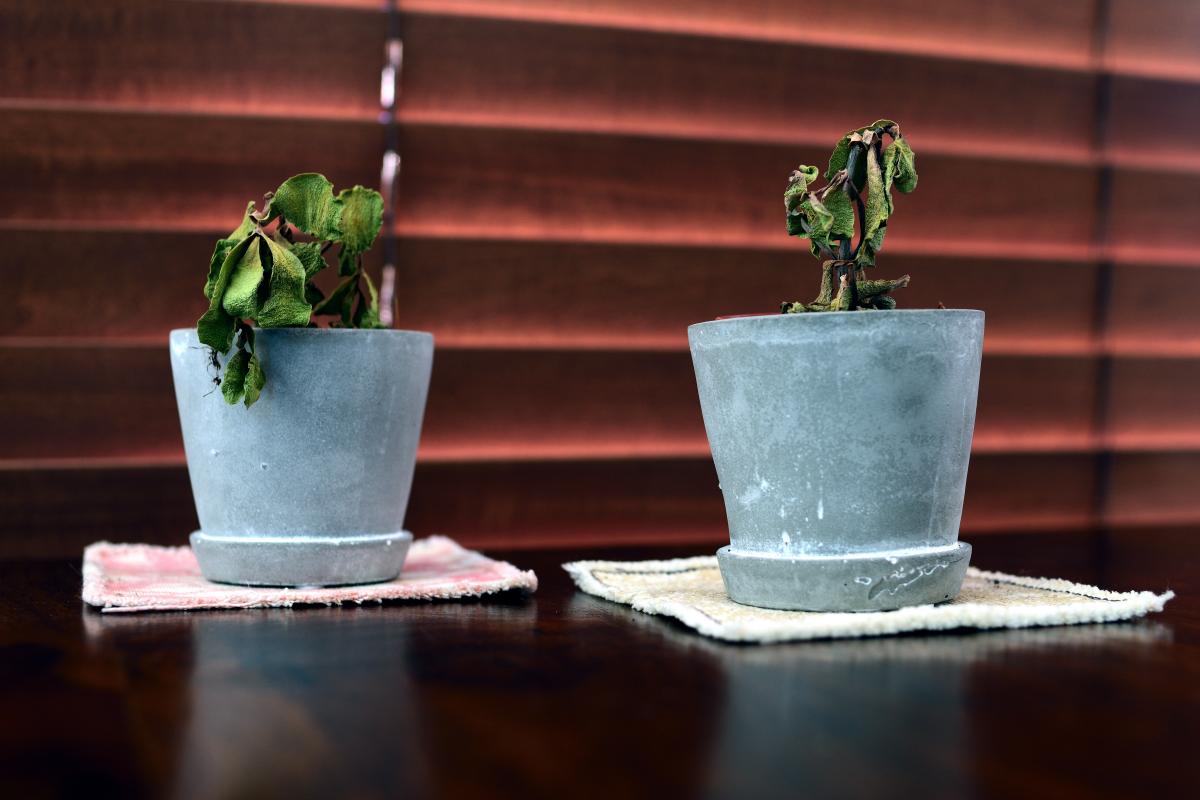
29 replies (Members only)
Mary Anne from Taradale
Red Cross - 35 Cadbury Road off Austin St, Onekawa. Look for the red SALE flag. Beautiful knitting, bargain books, specials from the shop - shoes, handbags AND FABRIC! Lots of fabulous fabric! Fill a bag! Eftpos available.
Negotiable

Helen Neighbourly Lead from Napier South
If anyone would like some quinces - please PM - thank you.(Under Helen McClymont)
Free
Homework can often be difficult but creating a good routine and healthy study habits can make the process more effective and efficient.
Have you or your child implemented the following?
- create a distraction free environment
- schedule homework time
- give praise and rewards
- connect with … View moreHomework can often be difficult but creating a good routine and healthy study habits can make the process more effective and efficient.
Have you or your child implemented the following?
- create a distraction free environment
- schedule homework time
- give praise and rewards
- connect with teachers
- get additional support if needed
Follow the link to find out more:

Robert Anderson from Curtain Clean (Hawkes Bay Chem-Dry)
When you are looking to buy drapes online there are numerous options available. This leads to confusion and with confusion starts the round of discussions, advice and suggestions. Though you may like some of them. The suggestion will always include linen curtains, linen roman blinds, net curtains, … View moreWhen you are looking to buy drapes online there are numerous options available. This leads to confusion and with confusion starts the round of discussions, advice and suggestions. Though you may like some of them. The suggestion will always include linen curtains, linen roman blinds, net curtains, sheer curtains, thermal curtains, blackout blinds and similar sorts. Most of them are useless, some come close to what you want and out of blue you may find a suggestion that you will find interesting. Even then the best idea that you find does not tick all the boxes. Therefore, we need a practical approach to select the right curtain design.
All curtain types come with their own set of benefits and limitations. No one window treatment option can suffice all the requirements. You will need a set of permutation and combinations and an eye for custom combinations to make your window treatment stand out and give a professional look. All the fabrics, be it linen, velvet, net, thermal or blackout, have their own advantages. One is economical in one way another one proves to be economical the other way. One lets the light in and the other turns a room into a sound and light proof. In this writeup we are going to talk about different curtains and their different benefits.
Linen Curtains
One of the most-simple yet exclusive look can be achieved by using Linen Curtains, drapes and blinds. Not only these are made of natural flax seeds, they come cheap and are available in multiple colours. They help illuminate the rooms with natural light as linen is a low-density fabric. One of the main advantages of using linen fabric is being able to use it in multiple styles such as linen roman blinds, simple drapes hanging over the wall or a simple free flowing curtain design.
Keep reading: www.curtainclean.co.nz...
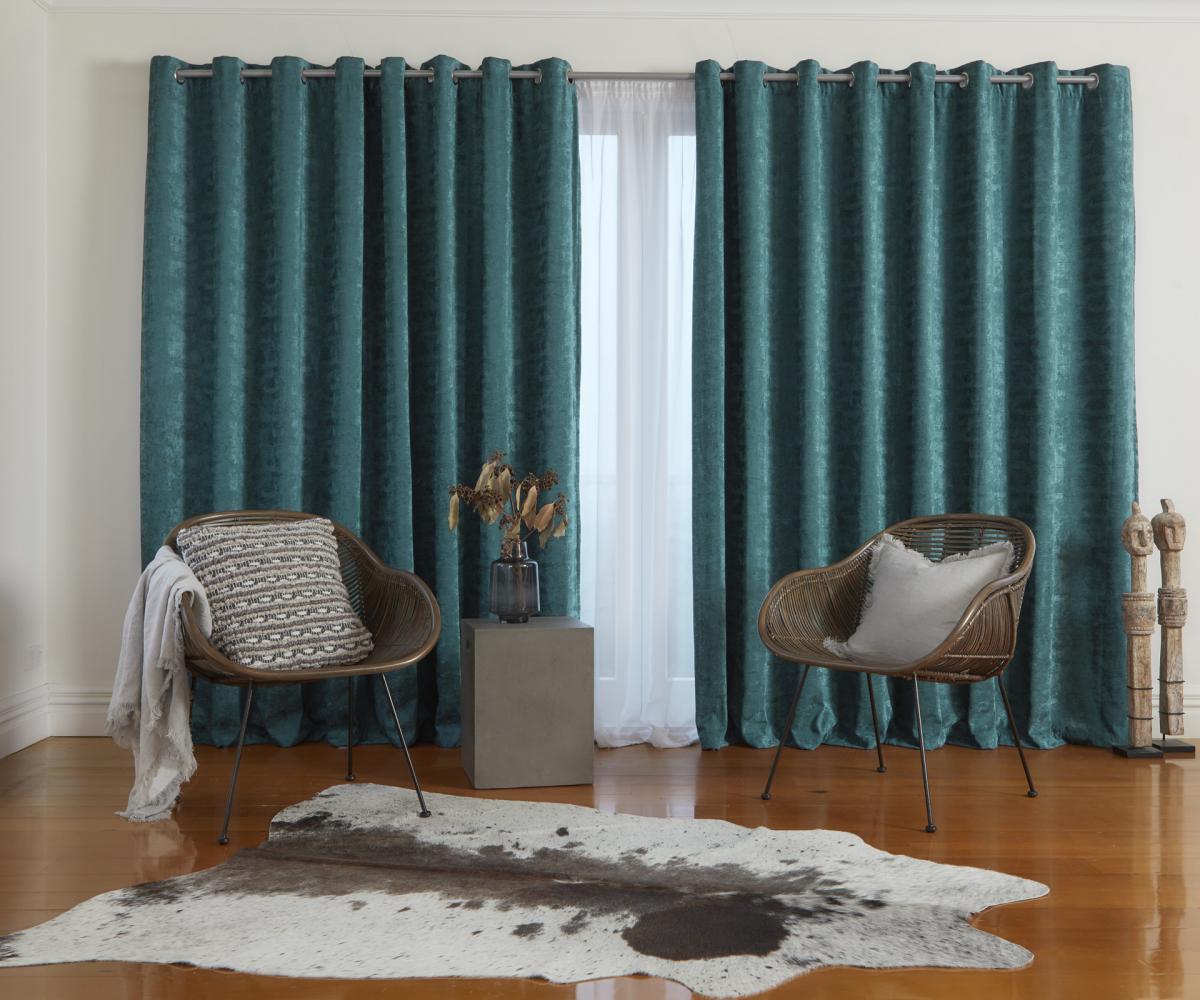
Our pioneering approach to retirement living includes resident-friendly terms designed to protect you and your family.
Ryman’s Peace of Mind Guarantees include terms such as our deferred management fee that is capped at 20 percent, one of the lowest in the retirement sector. Our base weekly … View moreOur pioneering approach to retirement living includes resident-friendly terms designed to protect you and your family.
Ryman’s Peace of Mind Guarantees include terms such as our deferred management fee that is capped at 20 percent, one of the lowest in the retirement sector. Our base weekly fee is fixed for the entire time you occupy your townhouse or apartment*, and comprehensive care can be dialled up as your needs change.
Terms like these provide you with greater confidence to live the way you want. They not only stack up in the retirement industry, they lead the way. *Some conditions apply.
Learn more

Mary Anne from Taradale
At Red Cross Shop 35 Cadbury Rd, Onekawa.
Kathmandu clothing in store. And Autumn wear for you to enjoy!
All summer clothing remains half price.
Negotiable

Mary-Ann from Maths tutoring
I am a retired teacher offering maths tutoring on a one to one basis for years 9 -13. I can help with NCEA levels 1, 2 and 3 in maths with statistics and maths with calculus.
Contact Mary-Ann on 02040179124 at Napier South

Todd Foster from Maidens & Foster Auctioneers Ltd
FULL HOUSE: Tidy Furniture & Chattels
Viewing: Mon 8-5, Tue 8-6 & Wed from 8am
Absentee Bids Welcome
More Photos www.mafa.co.nz... (24 March)
The team at Hoof-it provides our dairy farmers with a professional hoof care service, that is second to none. We cover the north island.
The products available on our webshop are of supreme quality but at the lowest possible prices.
Contact us, so we can help you !!
Website - … View moreThe team at Hoof-it provides our dairy farmers with a professional hoof care service, that is second to none. We cover the north island.
The products available on our webshop are of supreme quality but at the lowest possible prices.
Contact us, so we can help you !!
Website - https://hoofit.nz/
Call us at 021 278 8278
Email - info@hoofit.nz
Find out more
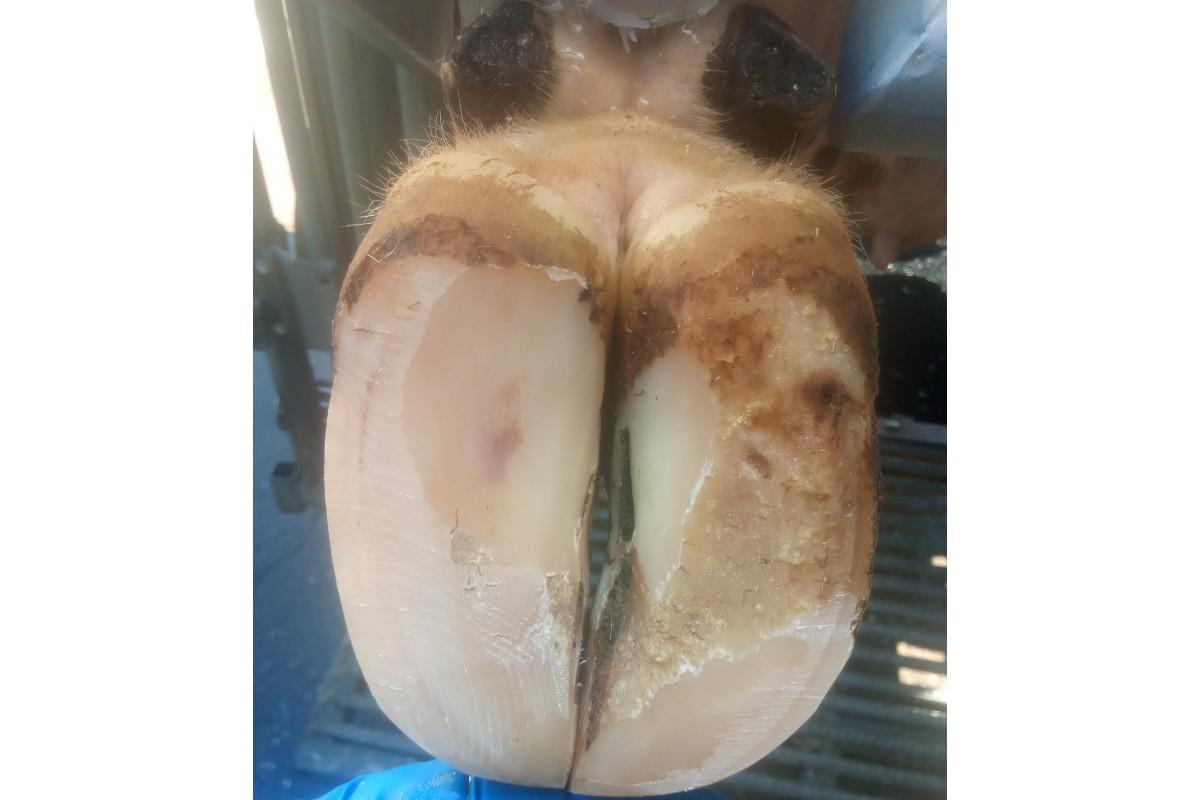
Mary Anne from Taradale
Look for the red SALE flag!
Beautiful handknitted garments - plus slippers, beanies, booties, cushions, rugs. And gorgeous babywear for your newest family member!
Book bargains galore - plus puzzles, DVDs, CDs LPs.
Shop OPEN too. New Season's clothing in store. PLUS specials on handbags … View moreLook for the red SALE flag!
Beautiful handknitted garments - plus slippers, beanies, booties, cushions, rugs. And gorgeous babywear for your newest family member!
Book bargains galore - plus puzzles, DVDs, CDs LPs.
Shop OPEN too. New Season's clothing in store. PLUS specials on handbags and shoes.
Eftpos available.
At RED CROSS 35 Cadbury Rd, Onekawa. Off Austin St. We are easy to find! 8.30 - 2.00 Saturday 27th.
Negotiable
 Loading…
Loading…
Are you sure? Deleting this message permanently removes it from the Neighbourly website.
 Loading…
Loading…

 By Negotiation
By Negotiation



 Marketed by Chloe King
Marketed by Chloe King
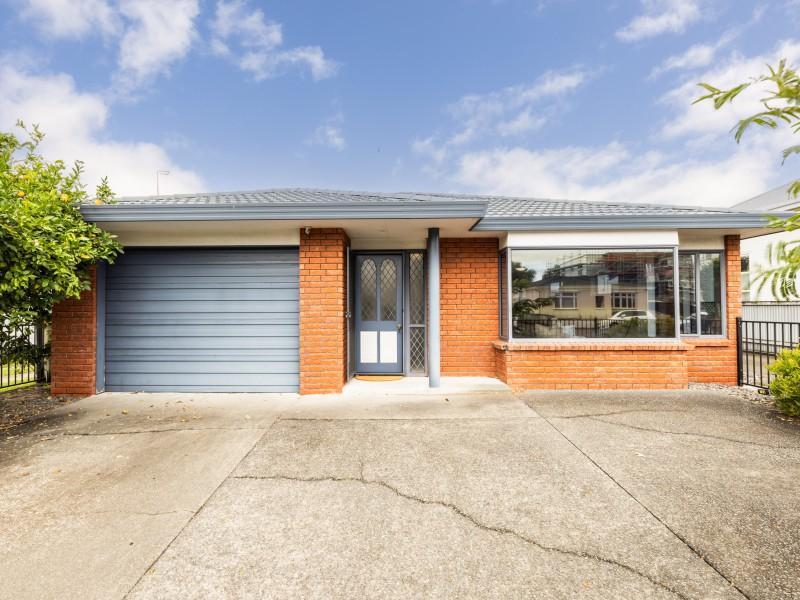
 By Negotiation
By Negotiation



 Marketed by Chloe King
Marketed by Chloe King
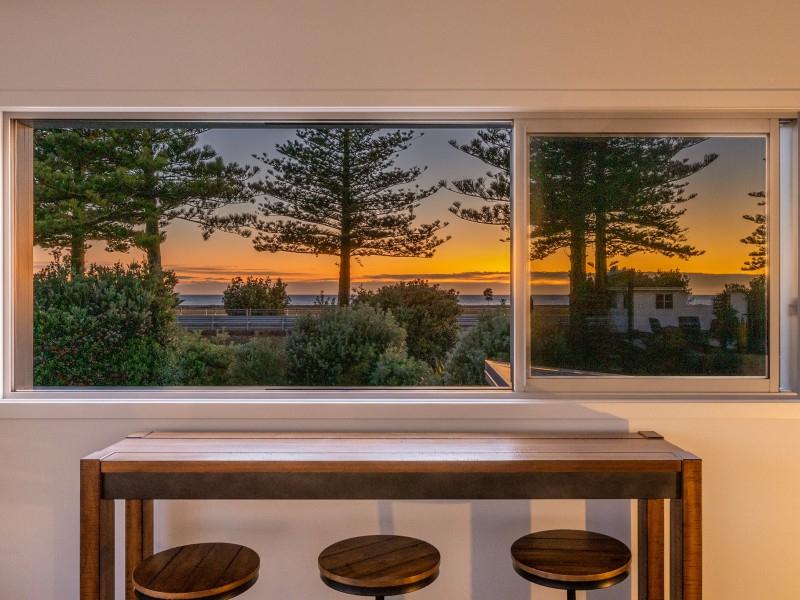
 By Negotiation
By Negotiation



 Marketed by Chloe King
Marketed by Chloe King
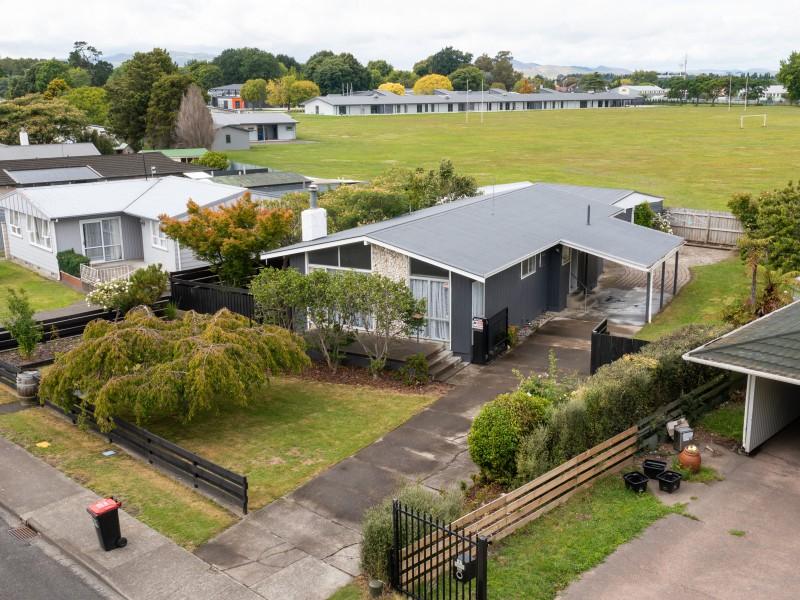
 Deadline Sale
Deadline Sale



 Marketed by Ellen Hunt
Marketed by Ellen Hunt

 By Negotiation
By Negotiation



 Marketed by James Stanford
Marketed by James Stanford
© Neighbourly 2025
